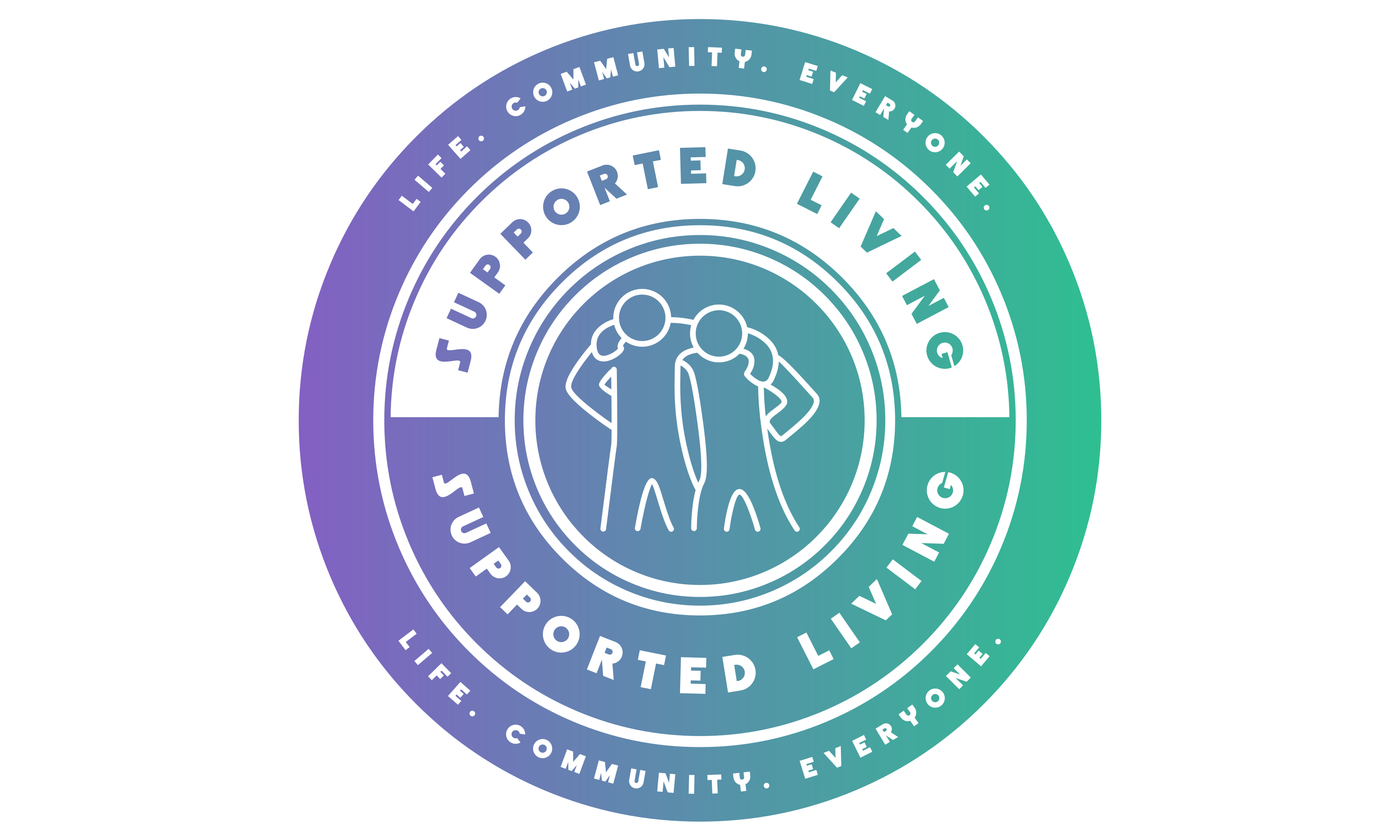Working with a Supported Living Provider Agency
Supported Living is a flexible partnership between the person/their loved ones/and the provider agency. Supported Living enables a person to live in their own home with support from provider agency staff who provide individualized assistance. The person’s home is often an apartment or house that is leased or owned by the person receiving services ensuring that the person with a disability has tenancy rights. Why is this important? If the person chooses a different provider to support them, they do not have to move. They can remain in their home.
Provider Agency Responsibilities
He provider agency is responsible for providing an individualized person-centered level of support. This support is provided based on a person-centered Individual Support Plan. This plan of care serves as a guide to help everyone understand the support needs of the person. This plan is developed with a person and their support team. Some individuals receiving Supported Living services may be able to have unsupervised periods of time based on their needs. Other individuals may require 24-hour staff support. Provider agencies are responsible for providing back up and relief staff in the case of emergencies or crisis.
Supported Living providers are responsible unless the family chooses otherwise -for ensuring that a person’s everyday needs are met, this includes assisting the individual to pay their rent and other bills, purchasing groceries, ensuring that medical care is coordinated, and medications are delivered and administered. This may involve assisting an individual with purchasing items for their homes as well as purchasing and replacing household items, arranging or providing transportation to the grocery store, medical appointments, and to participate in the development of community and social connections.
Provider Agency Staff
Provider agency staff often referred to as Direct Support Professionals provide direct care which includes training, supervision, and assistance to help the person participate in community activities and to live life to the fullest. This may also include assisting the individuals with personal care and providing support to participate in everyday life. Qualified Professionals train and supervise Direct Support Professionals.
Direct Support Professionals provide assistance as needed with activities of everyday living. This may include assistance with household chores, meal preparation, budgeting, and money management, attending medical and other appointments, and support with interpersonal and social skills to enable the individual to live their best quality of life in their own home and to make connections in their community.
Providers develop an individualized staffing plan and schedule. The staffing plan is based on the persons preferences and needs. The plan must ensure staffing is adequate to protect the health and safety of the person and to carry out all activities. Staffing can be provided in a model where the staff person shares the home of the individual. Staffing schedules may vary depending on the needs of the person. Provider agencies recruit, hire, and train direct support professionals.
Supported Living provides increased amounts of staff support based on a person’s needs. To clarify, supported living is often confused with Independent Living where a person may need minimal support. Level 2 and 3 supported living is intended to serve individuals that require 24 support to perform activities of daily living. Staffing is based on the preference and the assessed needs of the person, but the staff must be onsite but do not have to be awake at night or appropriate technology may be used to ensure supervision.
